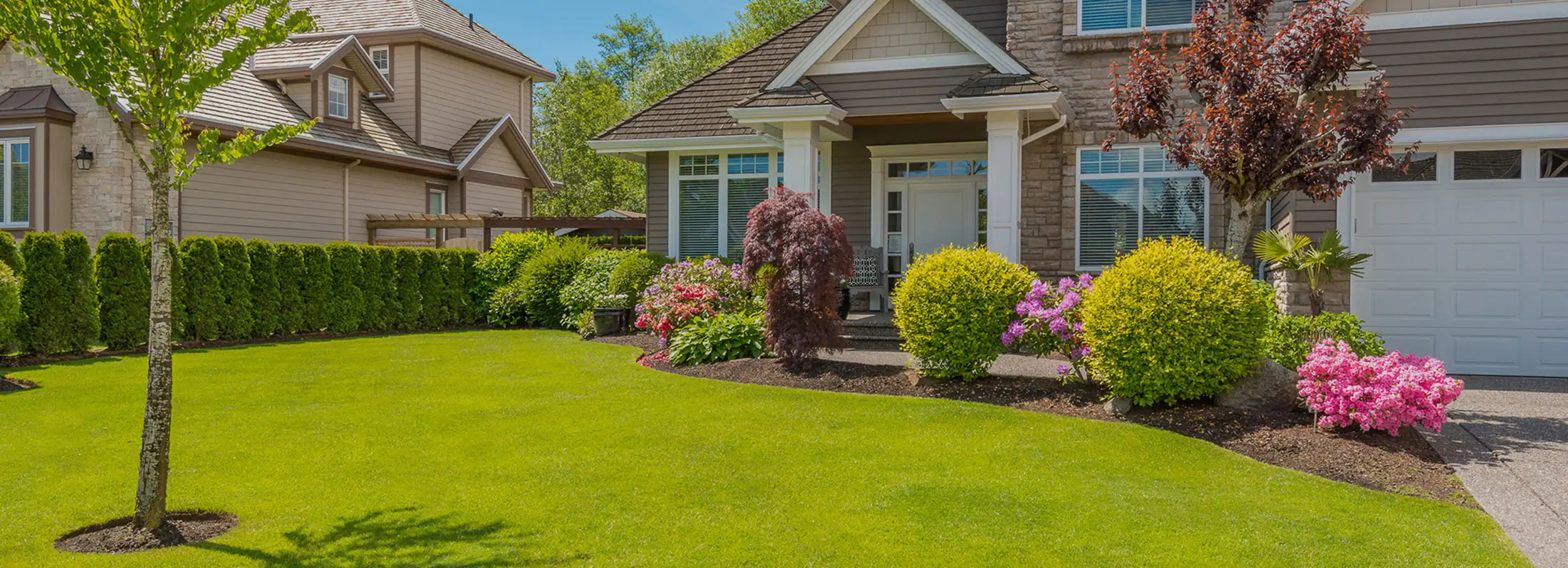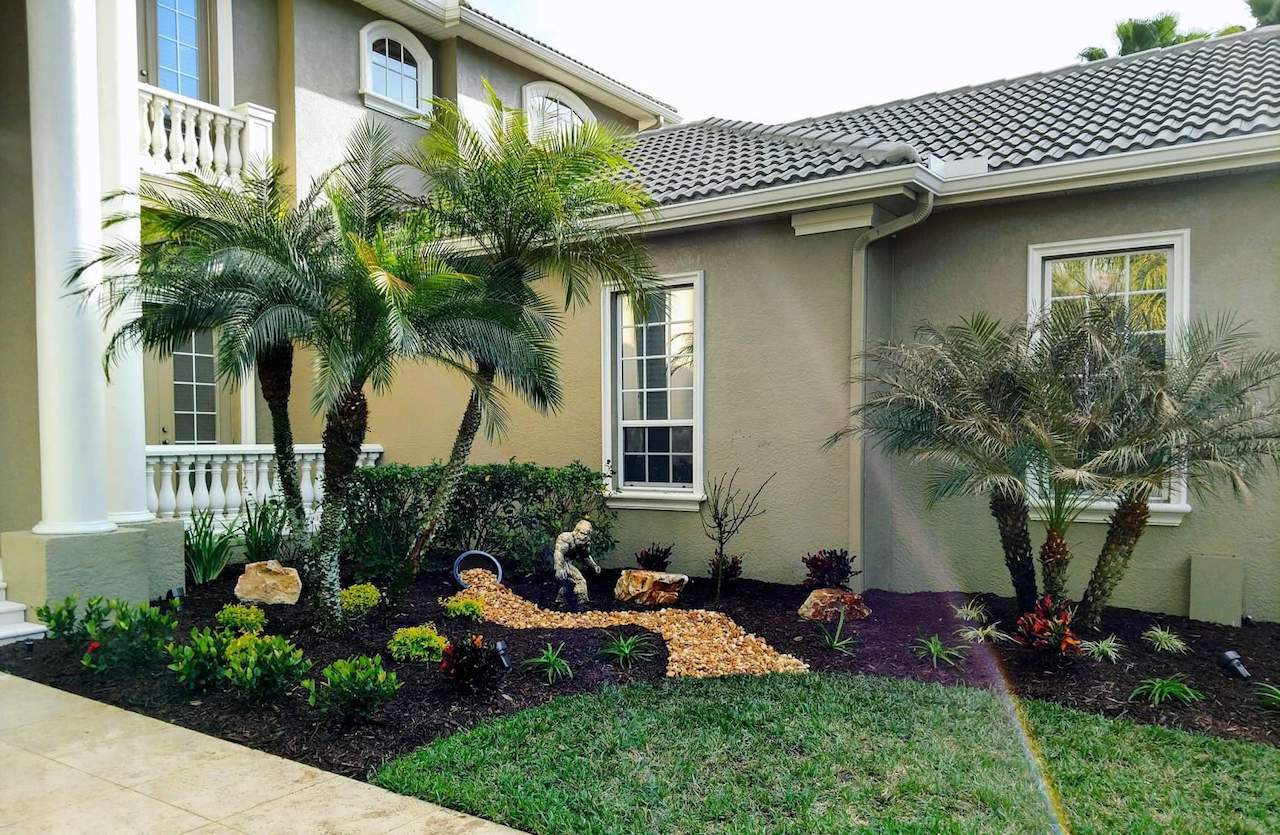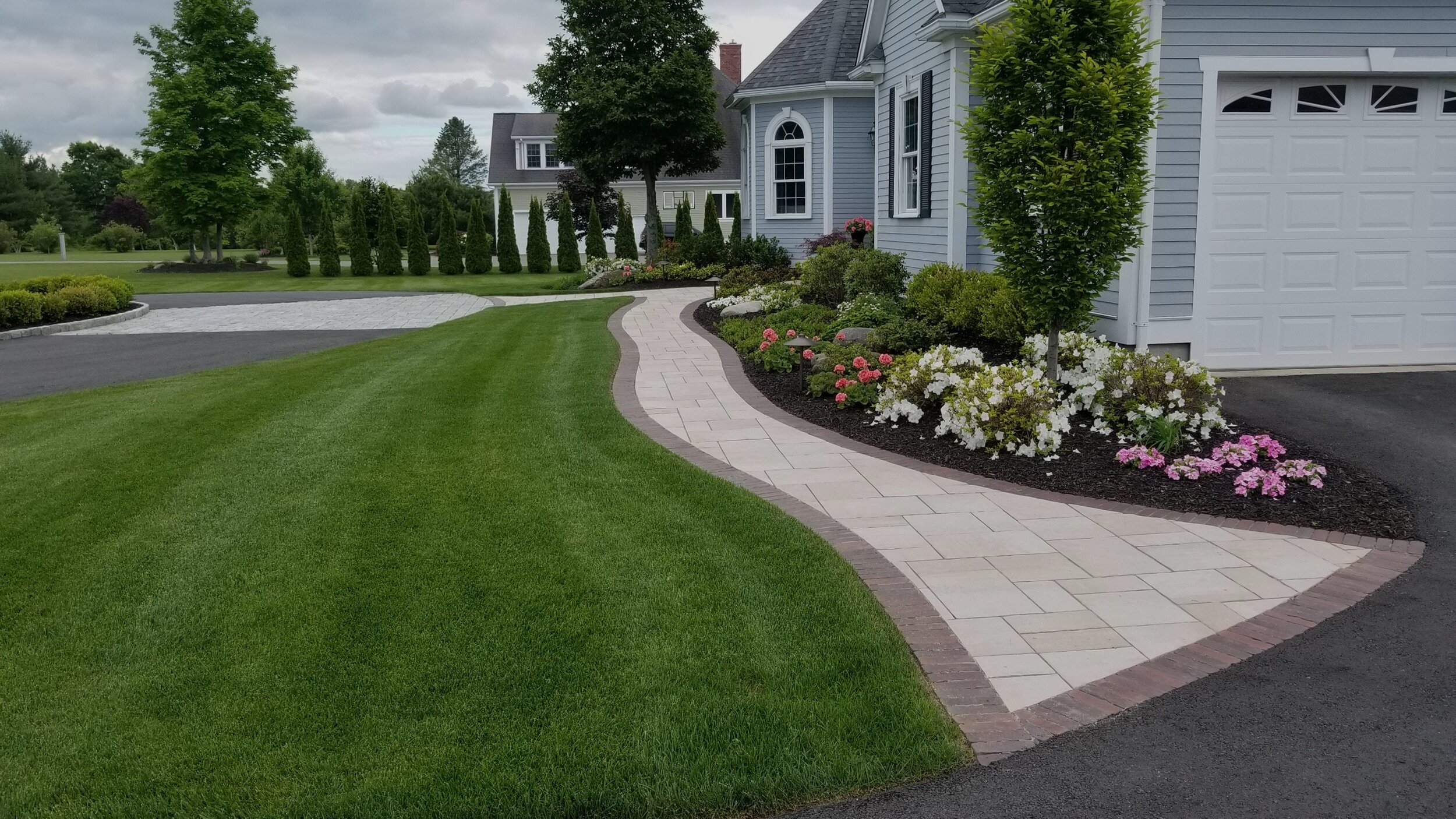Discover the Conveniences of Lasting Palm Desert Landscaping Techniques
Discover the Conveniences of Lasting Palm Desert Landscaping Techniques
Blog Article
A Comprehensive Guide to Designing and Implementing Effective Landscaping Solutions
The art and scientific research of landscaping expand past simple aesthetics; they include a thoughtful integration of style concepts, environmental stewardship, and practical application. What strategies can one utilize to make certain these landscapes not only grow yet also prosper in consistency with their surroundings?

Understanding Landscape Layout Principles
One could question what foundational components contribute to effective landscape style. At its core, effective landscape style depends upon numerous essential concepts that assist the arrangement and option of aspects within a room. These principles consist of unity, percentage, rhythm, and balance, each offering to produce a harmonious exterior environment.
Unity describes the natural relationship among different components, making sure that they work together aesthetically and functionally. Equilibrium can be achieved with asymmetrical or symmetrical plans, permitting the landscape to feel steady and welcoming. Percentage includes recognizing the scale of aspects in relationship to each other and the surrounding atmosphere, promoting aesthetic consistency and comfort.

Evaluating Your Outdoor Area
Prior to implementing the principles of landscape style, a comprehensive evaluation of your exterior space is important. This preliminary examination assists define the scope of your landscaping job and makes certain that your style straightens with the unique qualities of your building. Begin by analyzing the dimensions of your space, taking exact dimensions to understand the available area for various elements such as pathways, outdoor patios, and gardens.
Following, observe the existing attributes of your landscape, consisting of topography, dirt high quality, and water drainage patterns. These aspects dramatically affect plant choice and positioning. In addition, evaluate the sunshine exposure throughout different areas throughout the day, as this will affect the kinds of plants that grow in your yard.
Take into consideration the microclimates created by structures, trees, and various other barriers, as they can influence temperature level and wetness levels. Finally, take note of any kind of existing plants or hardscape components that you want to keep or get rid of. This detailed assessment prepares for a effective and educated landscaping solution, making certain that your style is not only cosmetically pleasing but additionally practical and sustainable for several years to find.
Sustainable Landscaping Techniques
Including sustainable landscaping techniques is vital for creating an ecologically responsible outside area. These techniques not just advertise environmental equilibrium but additionally improve the aesthetic and practical worth of a landscape. One foundational strategy is the use of indigenous plants, which need much less water and upkeep while sustaining regional wild animals. Implementing efficient irrigation systems, such as drip irrigation, decreases water waste and makes sure that plants receive ample moisture.

Another efficient strategy is the tactical positioning of trees and shrubs to give natural windbreaks and shade, therefore decreasing energy prices (Palm check over here Desert Landscaping). Rain gardens can be integrated into the landscape layout to take care of stormwater overflow properly, filtering contaminants prior to they get in rivers
Choosing the Right Plants
Choosing the right plants for your landscape is critical to achieving both visual appeal and environmental consistency. The procedure starts with an understanding of your local environment, soil conditions, and the certain microenvironments within your landscape. Analyzing elements such as sunshine exposure, moisture levels, and existing vegetations will certainly assist you pick plants that flourish in your unique setup.
Consider including indigenous plants, as they are well-adapted to regional conditions, require much less maintenance, and assistance regional wildlife. In addition, choosing a diverse selection of types can enhance biodiversity while lowering the danger of disease and parasite break outs. It is necessary to examine the development practices, flowering periods, and seasonal shades of possible plants to develop a natural and dynamic landscape.
Moreover, consider the intended usage of the room; for circumstances, if the area will experience high foot website traffic, choose resilient ground covers. By thoughtfully picking plants that line up with both your aesthetic objectives and environmental demands, you can produce a sustainable landscape that not just improves your property but additionally contributes favorably to the bordering environment.

Implementation and Upkeep Approaches
Once the ideal plants have been chosen for your landscape, the emphasis shifts to efficient execution and ongoing maintenance methods. Effective installation begins with appropriate website prep work, which consists of dirt screening to determine nutrient levels and pH, complied with by changing the dirt as required. Very carefully prepare plants according to their growth habits and light demands, making sure appropriate spacing to advertise healthy and balanced development.
Watering is a vital aspect of execution. Establish a watering straight from the source schedule that thinks about the certain requirements of each plant varieties, readjusting for seasonal adjustments. Making use her response of drip watering systems can boost water performance and lower drainage.
Upkeep methods have to be applied to make sure the long life and vitality of your landscape. Routine jobs include weeding, mulching, and pruning to control growth and prevent condition. Fertilizing must be carried out based on dirt examinations, supplying the needed nutrients without over-fertilizing.
Monitoring for parasites and conditions is vital; early detection can prevent substantial damages. Seasonal adjustments to upkeep routines, such as preparing and winterizing perennials for springtime development, will make certain that your landscape stays aesthetically attractive and healthy and balanced year-round.
Final Thought
Finally, reliable landscaping options require a comprehensive understanding of layout concepts, precise analysis of outdoor rooms, and the application of sustainable methods. The option of suitable plant varieties plays a vital duty in enhancing aesthetic allure and ecological durability - Palm Desert Landscaping. Effective execution and continuous upkeep further guarantee the long life and vigor of landscapes. By incorporating these components, landscapes can be transformed into attractive, functional atmospheres that advertise biodiversity and add positively to neighborhood health.
One may question what fundamental aspects add to reliable landscape layout. At its core, effective landscape layout pivots on numerous vital concepts that lead the arrangement and selection of elements within a space.Choosing the right plants for your landscape is critical to attaining both aesthetic allure and ecological harmony. It is vital to examine the development routines, flowering periods, and seasonal colors of potential plants to create a vibrant and natural landscape.
When the best plants have been selected for your landscape, the focus moves to effective implementation and recurring upkeep methods.
Report this page